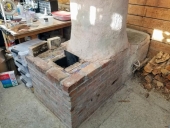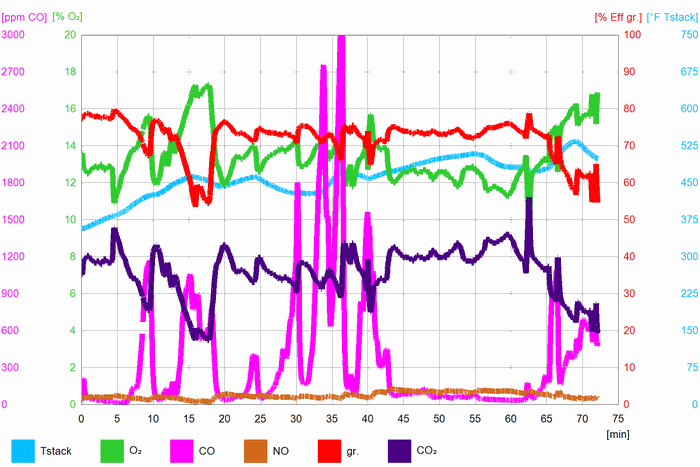
 7
7




Become extra-civilized!

 9
9




Proudly presenting RocketMassHeaters.com
A good starting point to all RMH research
How Permies.com works
 6
6




Benjamin Dinkel wrote:From my (still somewhat limited understanding) you should be able to tell a clean burning device by not finding creosote build up in any interior parts, especially the exhaust.
Become extra-civilized!
 11
11




Coydon Wallham wrote:Is a clean burn associated with an absolute temperature? IE, if there is a thermocouple at the base of the riser, will that tell you at what point you've obtained an optimal burn with an indexed reading?
Coydon Wallham wrote:More to my interest here, without dedicated instruments, what are reliable indicators of a clean burn?
Coydon Wallham wrote:Are there other passively observable indicators that reliably show a clean burn?
regards, Peter
 12
12




Rocket surgeon and soil builder... healthy plants are all about the soil.
- My 6" Batch Rocket specs and materials list: https://permies.com/t/248275/Batch-Rocket-Double-Skin-Bell
- Batch Rocket detailed build thread with Q&A: https://permies.com/t/238503/Batch-Rocket-Build
 4
4




Benjamin Dinkel wrote:I would like to add to the question and ask where the thermocouple would make the most sense, bottom, mid or on top of the riser?
Become extra-civilized!

 6
6




For all your Montana Masonry Heater parts (also known as) Rocket Mass heater parts.
Visit me at
dragontechrmh.com Once you go brick you will never go back!

|
Destroy anything that stands in your way. Except this tiny ad:
The new purple deck of permaculture playing cards
https://www.kickstarter.com/projects/paulwheaton/garden-cards
|






